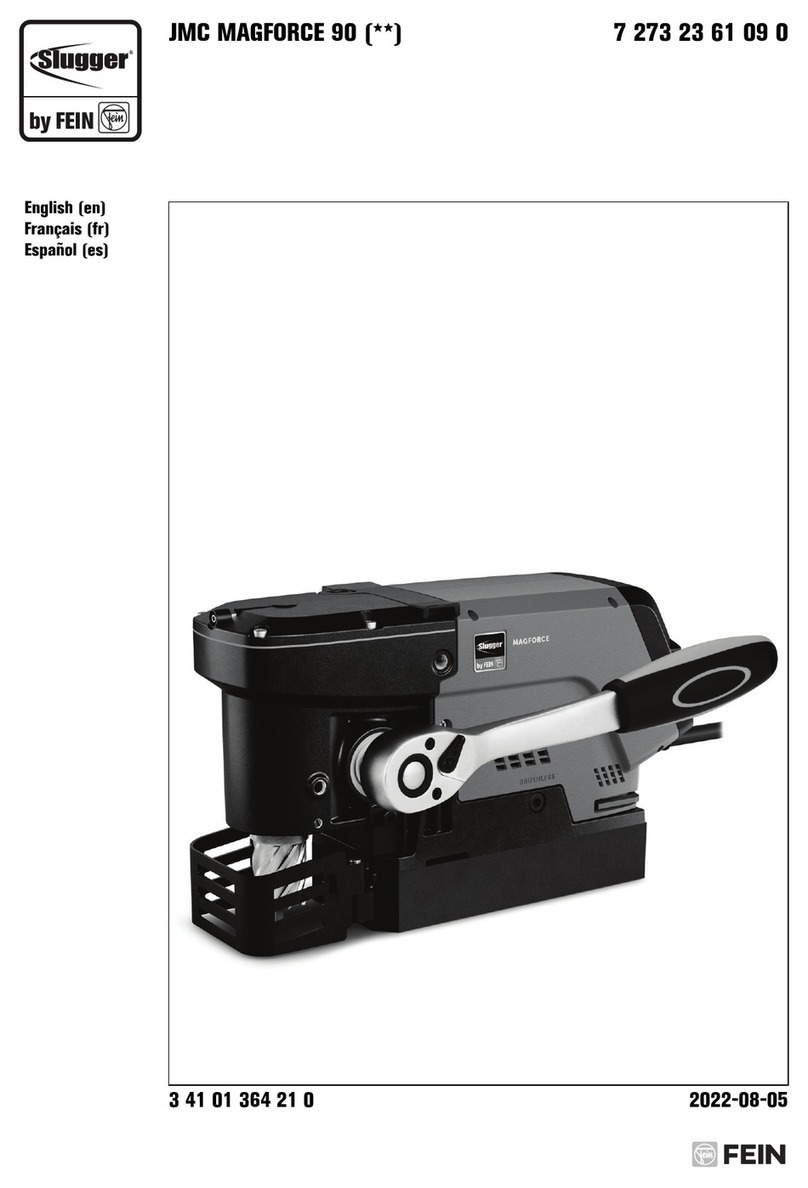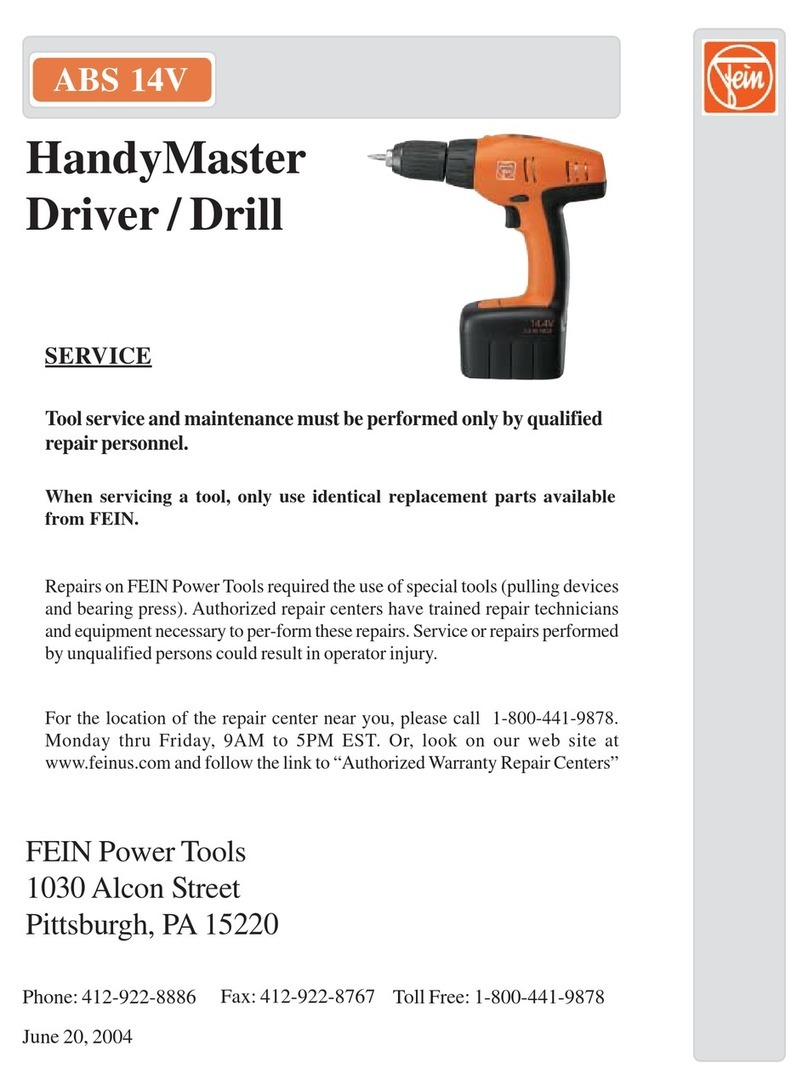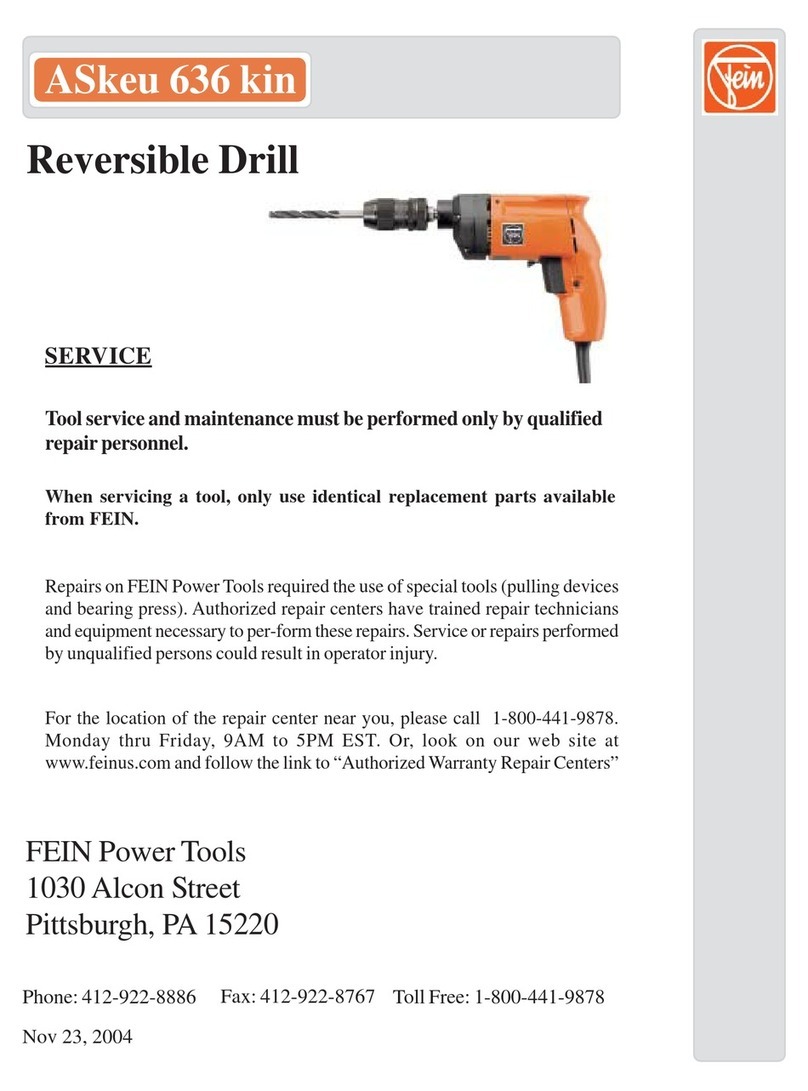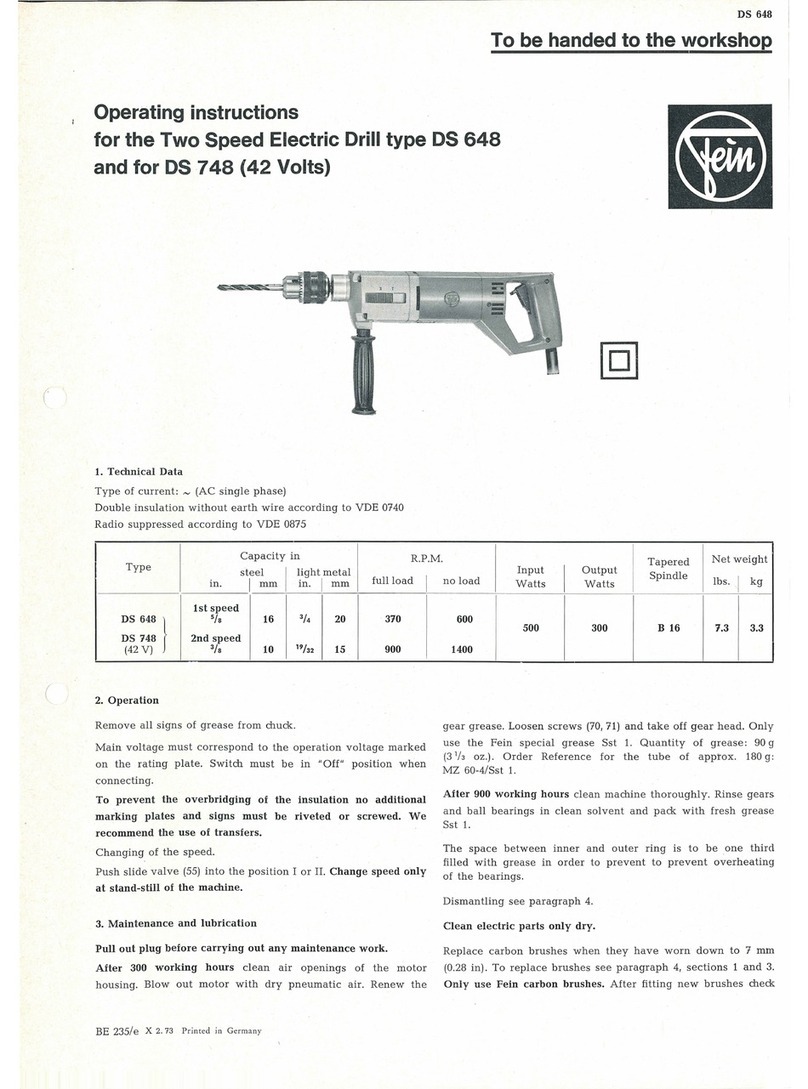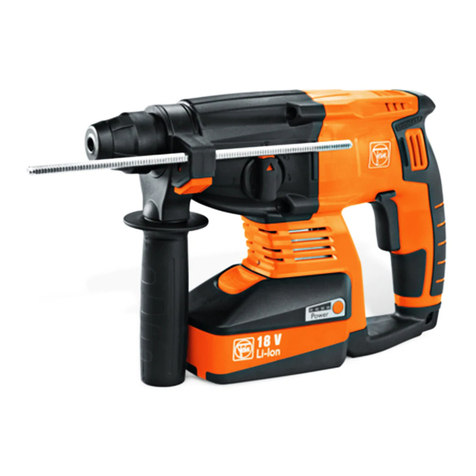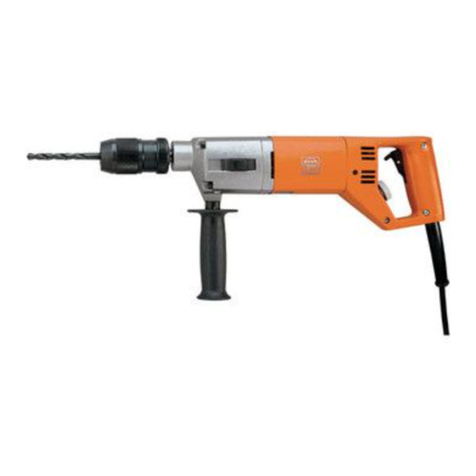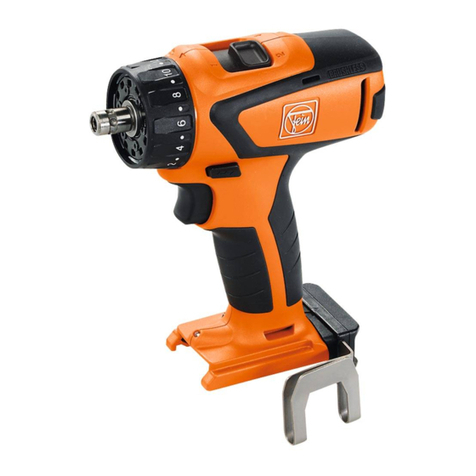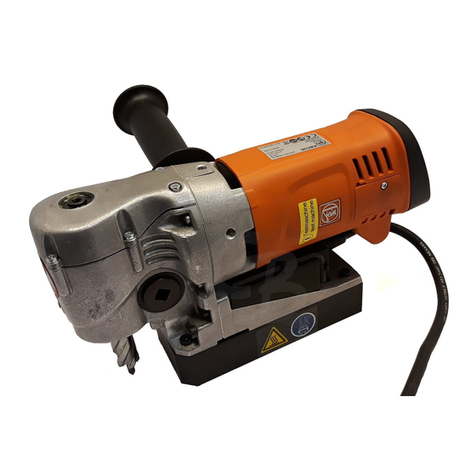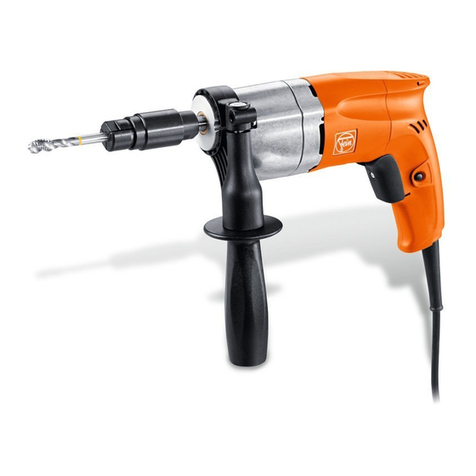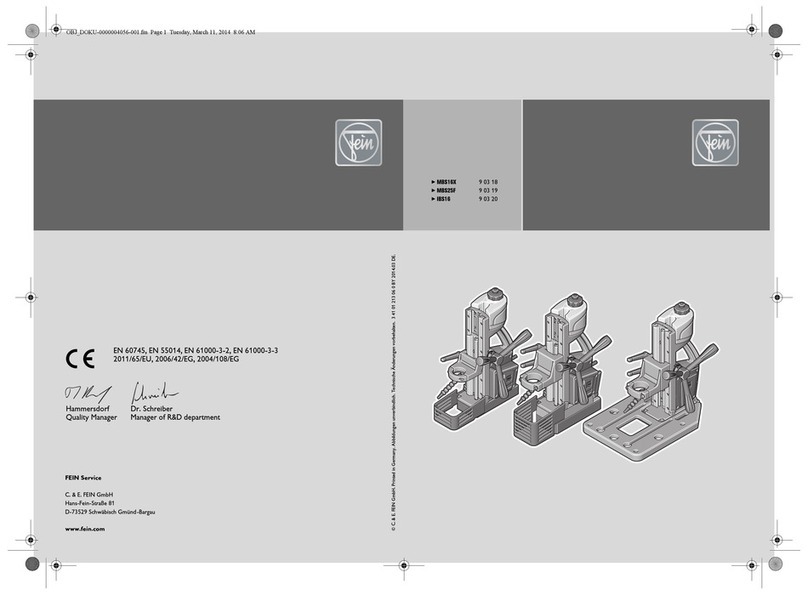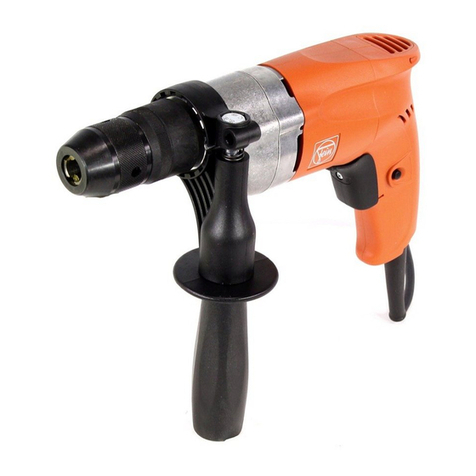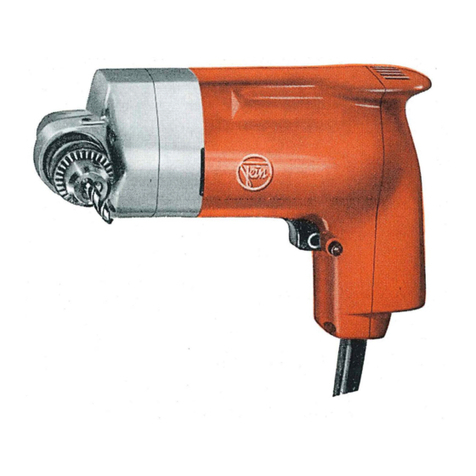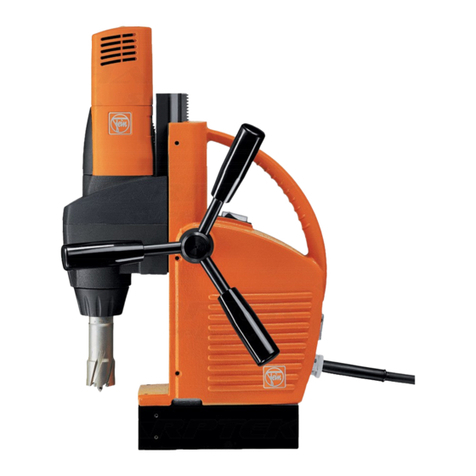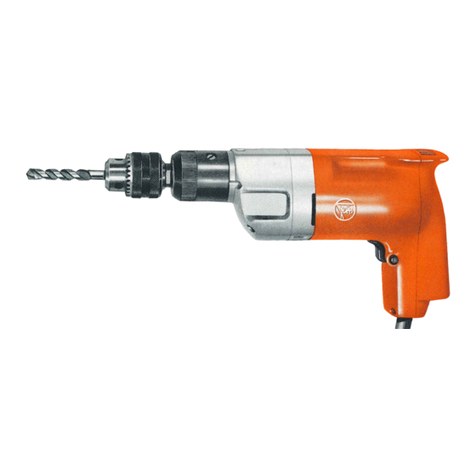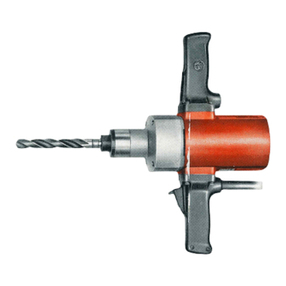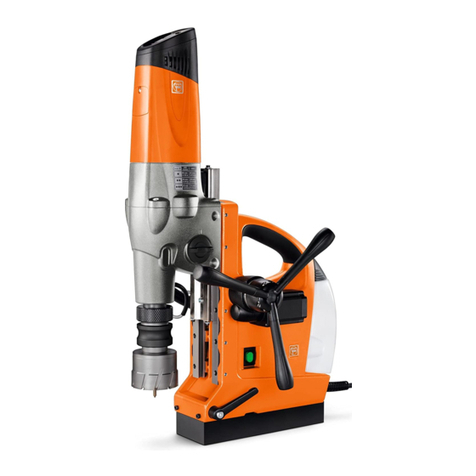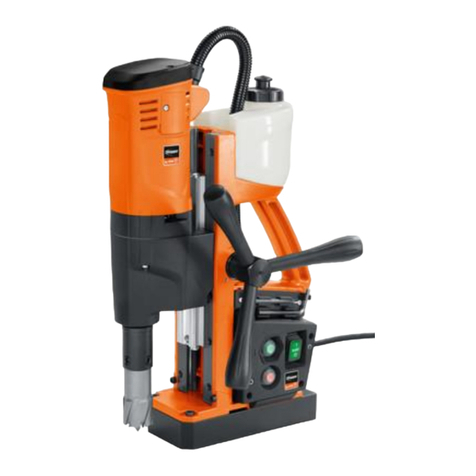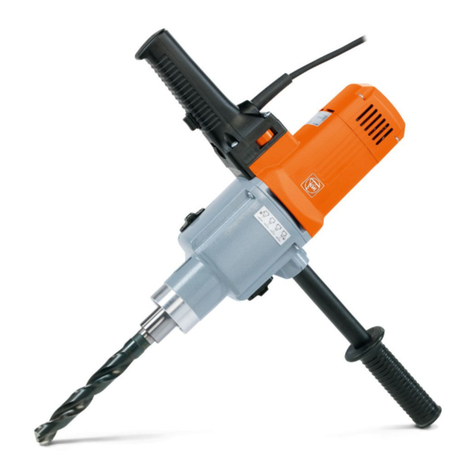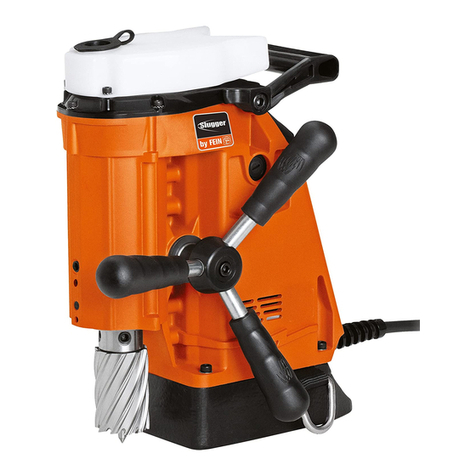2
DSk658-1 DSke658-1 DSke672 DDSk672 DDSk672-1 ASq672-1
7 202 26 7 202 27 7 202 09 7 202 06 7 205 01 7 205 03
P
1
W 720 720 1050 1050 900 900
P
2
W 480 480 650 650 500 500
n
0
/min 360 150–360 120–270 175 170 100
/min 770 330–770 240–540 280 250 –
/min–––480450–
/min – – – 760 700 –
n
1
/min 200 100–200 110–185 120 100 60
/min 420 240–420 220–370 190 150 –
/min – – – 330 260 –
/min–––520420–
kg 5.5 5.8 8.8 9.4 9.6 10.6
mm 23/13 23/13 26/19 32 32 38
mm 28/20 28/20 32/23 40 40 –
mm 45/30 45/30 50/35 60 60 –
mm – – – – – M30/R1"
mm –––––40
d
1
mm – – – – – –
d
2
mm MT2 MT2 MT3 MT3 MT3 MT4
d
3
mm 53 53 63 63 63 63
L
wA
dB 92 92 97 99 92 92
K
wA
dB 3 3 3 3 3 3
L
pA
dB 81 81 86 88 81 81
K
pA
dB 3 3 3 3 3 3
L
pCpeak
dB 97 97 102 103 99 98
K
pCpeak
dB 3 3 3 3 3 3
h, D
m/s
2
0.6 0.6 1.6 1.3 0.9 0.4
m/s
2
1.5 1.5 1.5 1.5 1.5 1.5
Fe
Al
3
de 11 es 26 sv 41 pl 56
en 14 pt 29 fi 44 ru 59
fr 17 el 32 hu 47 zh(CM) 63
it 20 da 35 cs 50
nl 23 no 38 sk 53
3 41 01 095 06 0.book Seite 2 Montag, 15. März 2010 1:02 13

